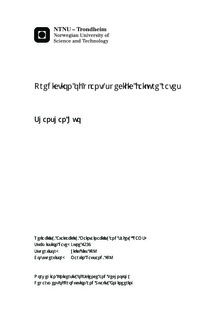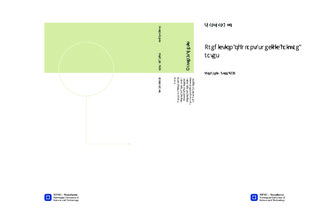| dc.description.abstract | Reliability prediction plays a critical role in the reliability engineering process. It describes the process used to estimate the constant failure rate during the useful life of the system. For electronic components, the reliability prediction is often based on the procedure in MIL-HDBK-217F; besides, several methods and models for reliability prediction have been well established. However, for mechanical and electro-mechanical equipment, there is no generally accepted method for reliability prediction.Therefore, a literature review of available standards, guidelines, and handbooks, which provide procedures and field data for reliability prediction, is presented first. Based on these literatures, the methodologies widely used are classified into three main categories (i.e., bottom-up statistical methods, top-down similarity analysis methods, and bottom-up physics-of-failure methods).Further, some commonly used approaches (e.g., the BORA approach, failure rate prediction with influencing factors) mostly based on the proportional hazards (PH) model developed for specific industry areas are presented. Afterwards demonstrate the principle of these approaches by giving simple examples. The discussion of the pros and cons for each approach is followed. In spite of some limitations and inaccurate of predictions, the general principles of these approaches have been used to develop new failure rate prediction methods.On the basis of these approaches, a detailed procedure that is suitable for reliability prediction of new subsea process equipment, which aiming to overcome some of the shortcomings of the existing approaches, is suggested. The new approach makes it possible to perform a relatively complete consideration of RIFs, includes modelling of interactions between RIFs and mentioned the common cause effects among all failure modes listed.Finally, test the applicability of proposed procedure using a simple case study on a multistage pump and compare the procedure with the approaches introduced. | nb_NO |

